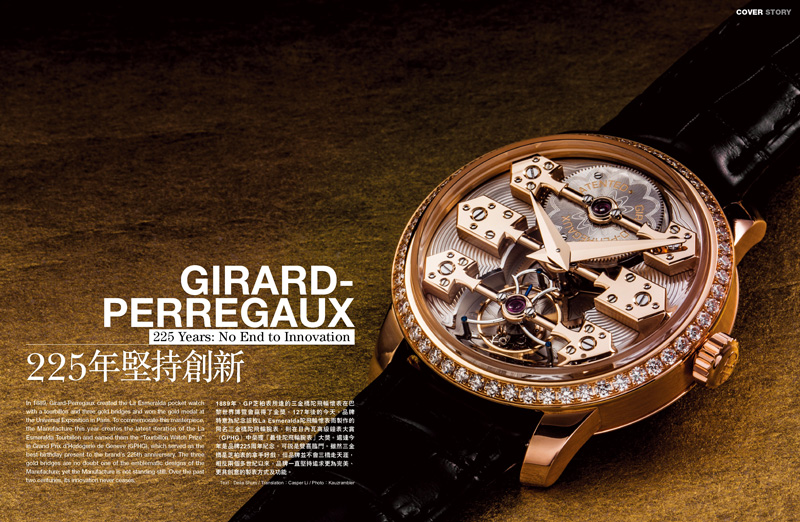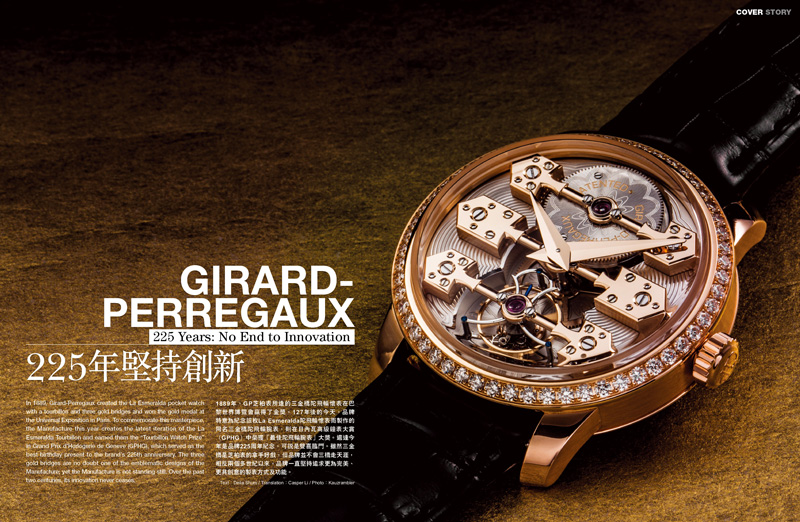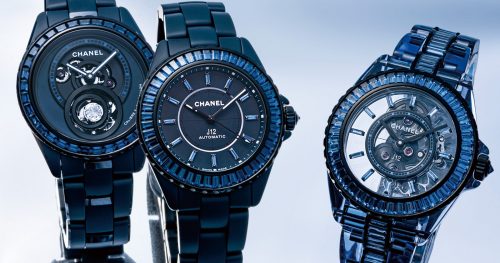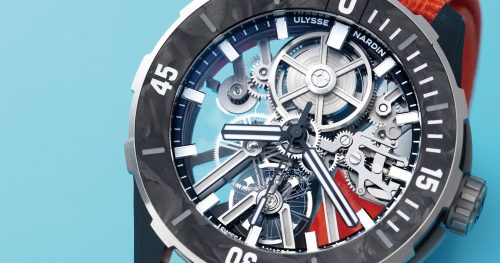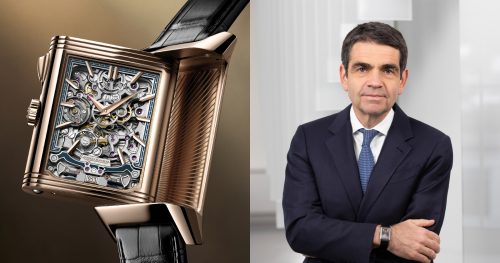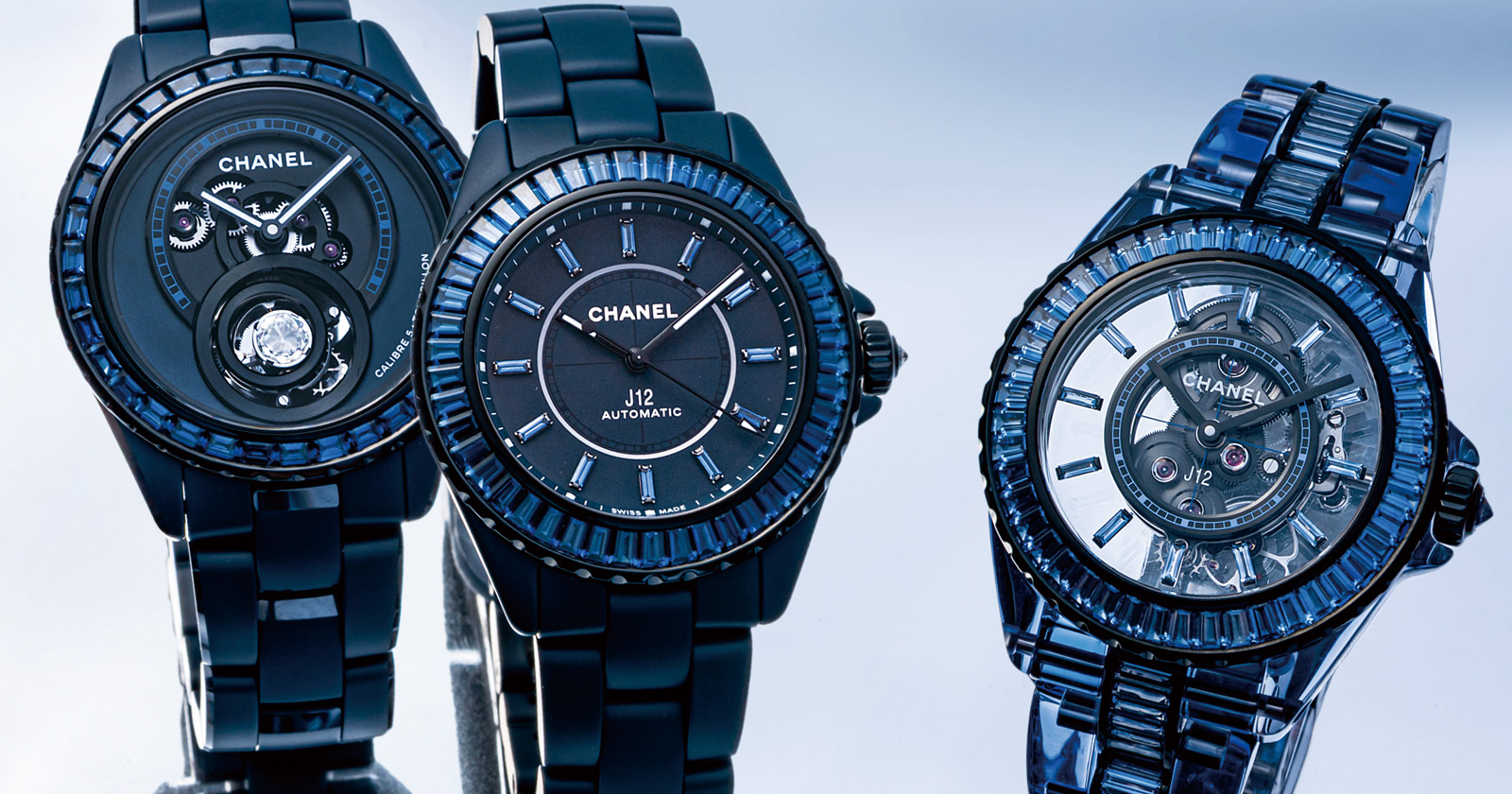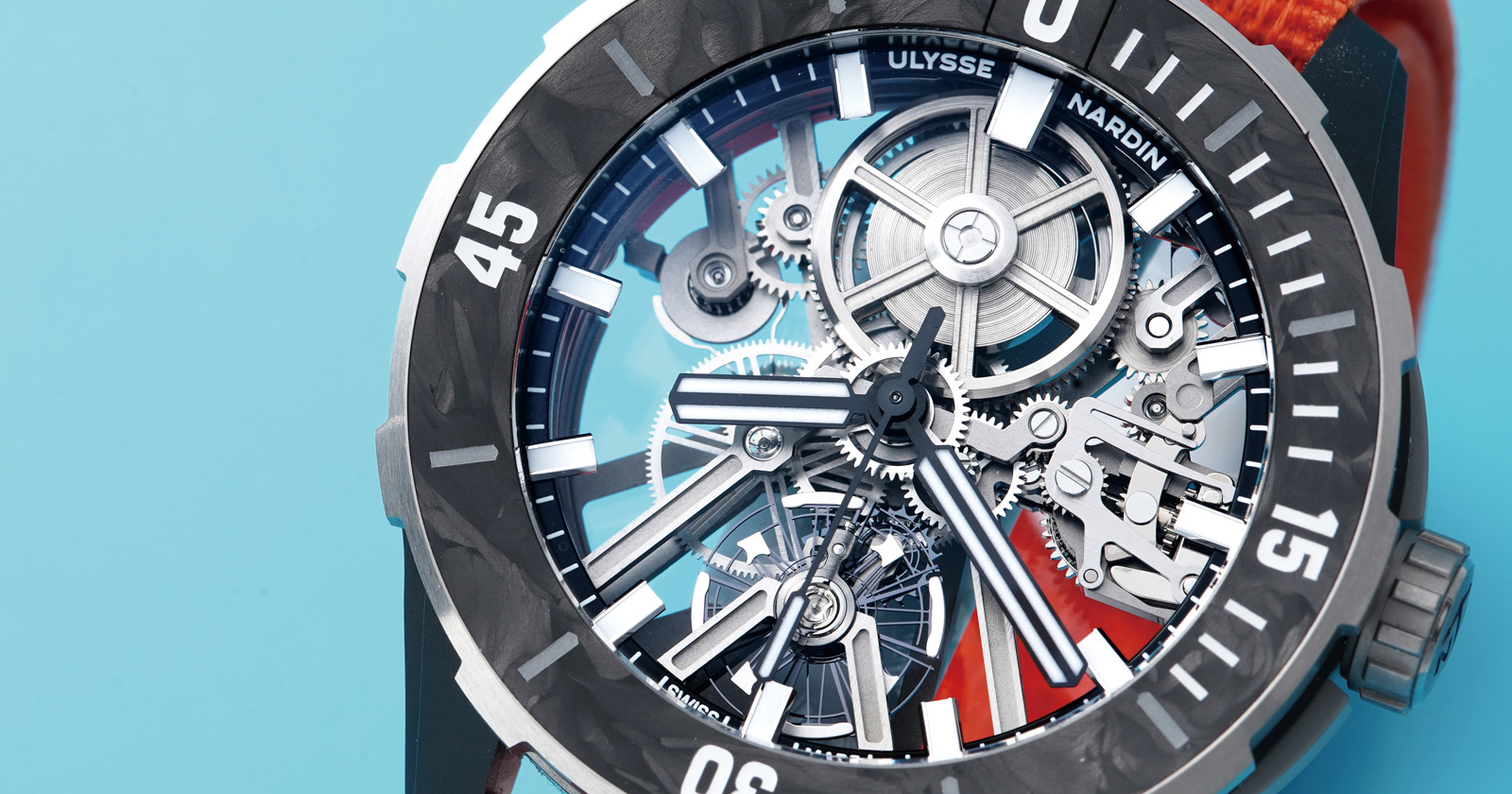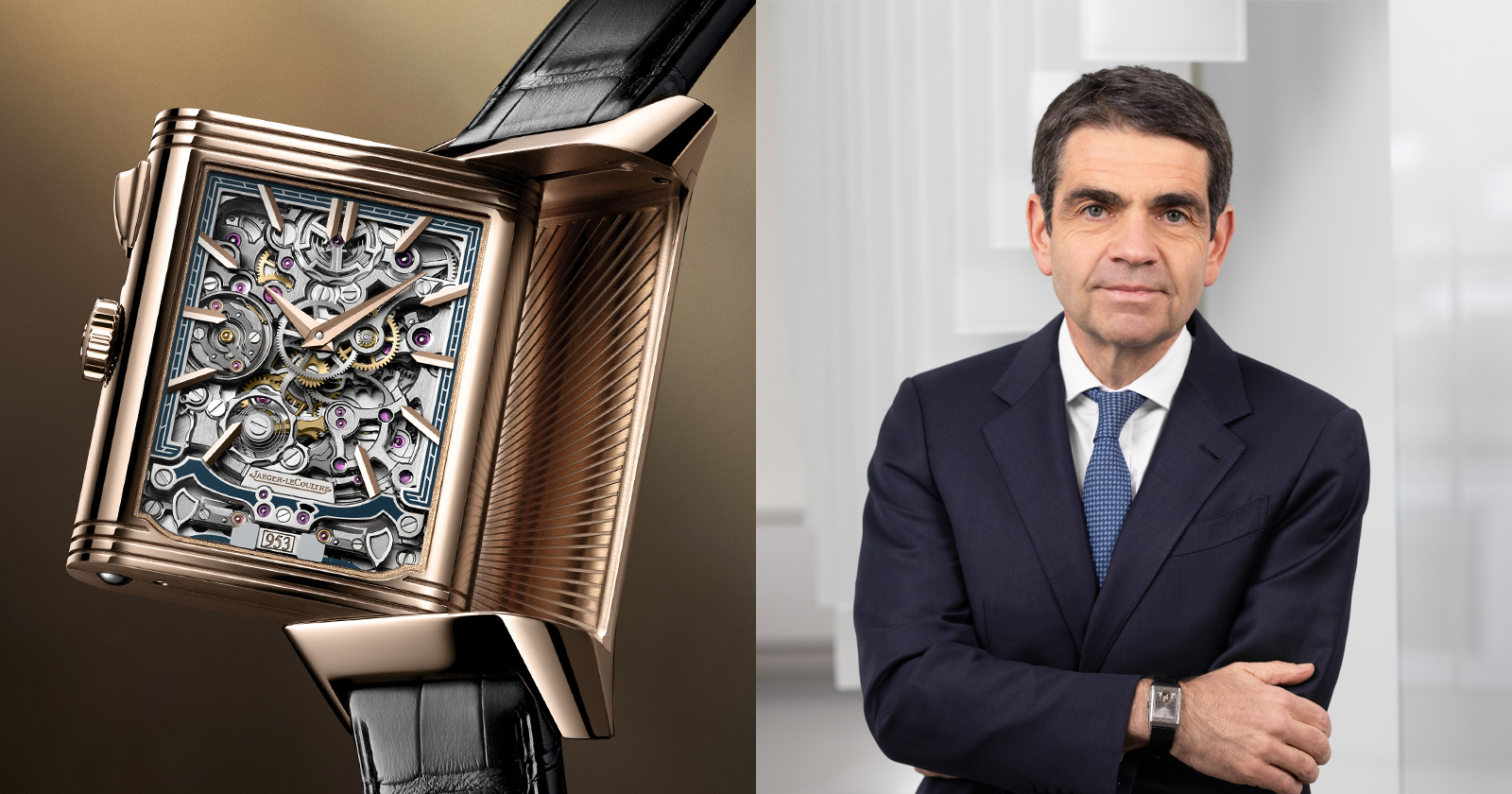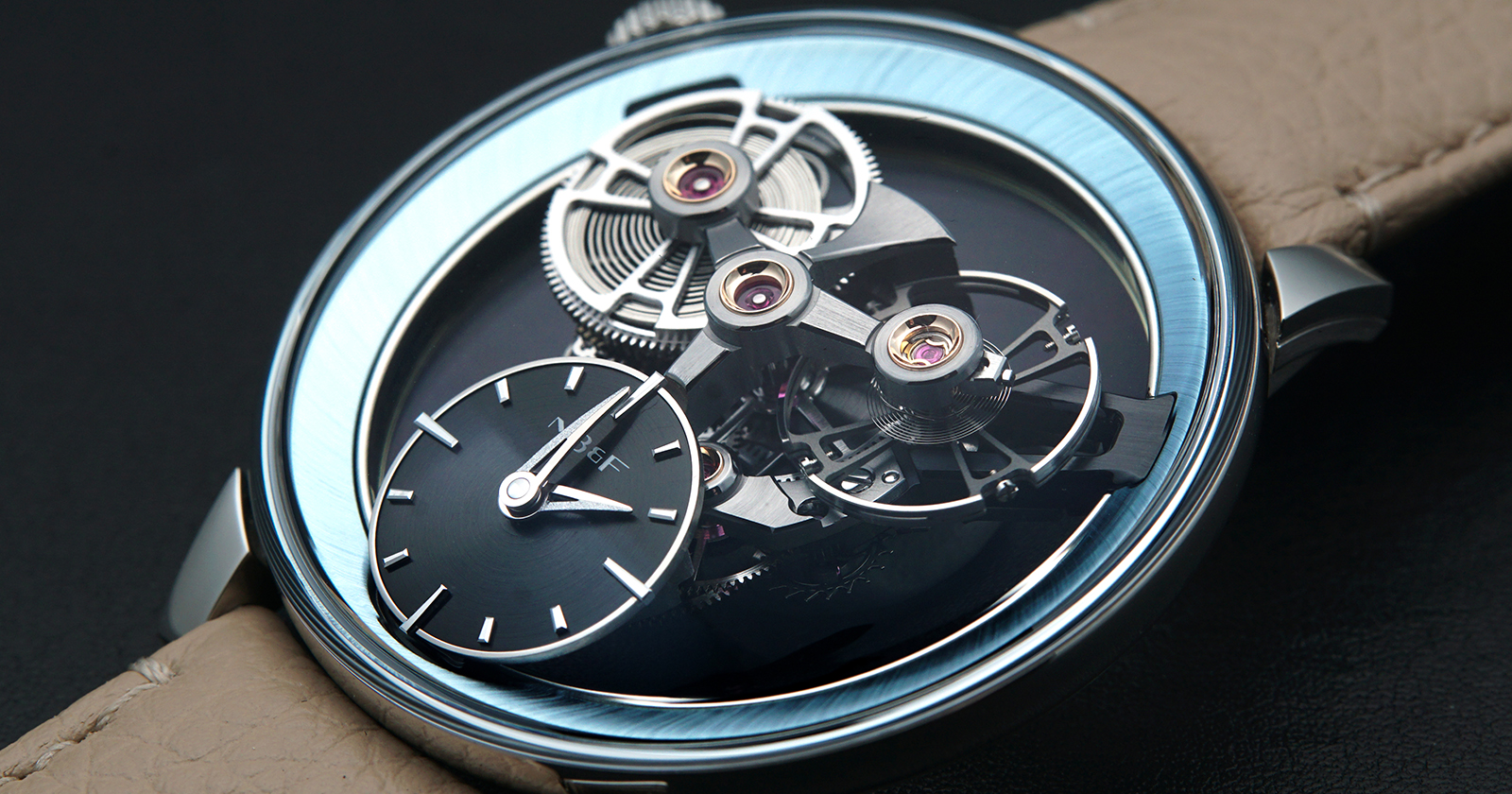Girard-Perregaux 225 Years: No End to Innovation
In 1889, Girard-Perregaux created the La Esmeralda pocket watch with a tourbillon and three gold bridges and won the gold medal at the Universal Exposition in Paris. To commemorate this masterpiece, the Manufacture this year creates the latest iteration of the La Esmeralda Tourbillon and earned them the “Tourbillon Watch Prize” in Grand Prix d’Horlogerie de Geneve (GPHG), which served as the best birthday present to the brand’s 225th anniversary. The three gold bridges are no doubt one of the emblematic designs of the Manufacture; yet the Manufacture is not standing still. Over the past two centuries, its innovation never ceases.
A Brief History of 225 Years
Founded in 1791, Girard-Perregaux, one of the very few fully fledged manufactures, has always pushed further the boundaries showcasing its sheer mastery in watchmaking over the course of 225 years. Let’s have a brief look at its long history.
At the end of the 18th century, Jean-Francois Bautte, a talented watchmaker aged 19, created the thinnest hunter pocket watch in 1795. He then set up a manufacturing company Moulinie, Bautte & Cie in Geneva. Besides watches, Jean-Francois also excelled in jewellry and music boxes as well as “shaped watches”: watches produced in the shape of miniature musical instruments, insects and even a watch shaped like pistol, which laid the foundation of the brand.
In 1837, Jacques Bautte and Jean-Samuel Rossel took over Jean-Francois’ workshop. Constant Girard, descendant of the Bautte family, founded the Girard & Cie firm in 1852. Two years later, he married Marie Perregaux, and in 1856 the union of their surnames gave rise to the Girard-Perregaux Manufacture in La Chaux-de-Fonds.
After Constant Girard took the helm of the Manufacture, it took just a couple of years to establish the prestige of Girard-Perregaux which even extended to America. He was the inventor of the famed three bridges. And in 1867, the Tourbillon with Three Bridges pocket watch was awarded the gold medal at the Universal Exposition in Paris. Since then, Constant Girard kept working on improving the escapement. Twenty two years later, the watch was named as La Esmeralda and won the gold medal at the Universal Exhibition in Paris again.
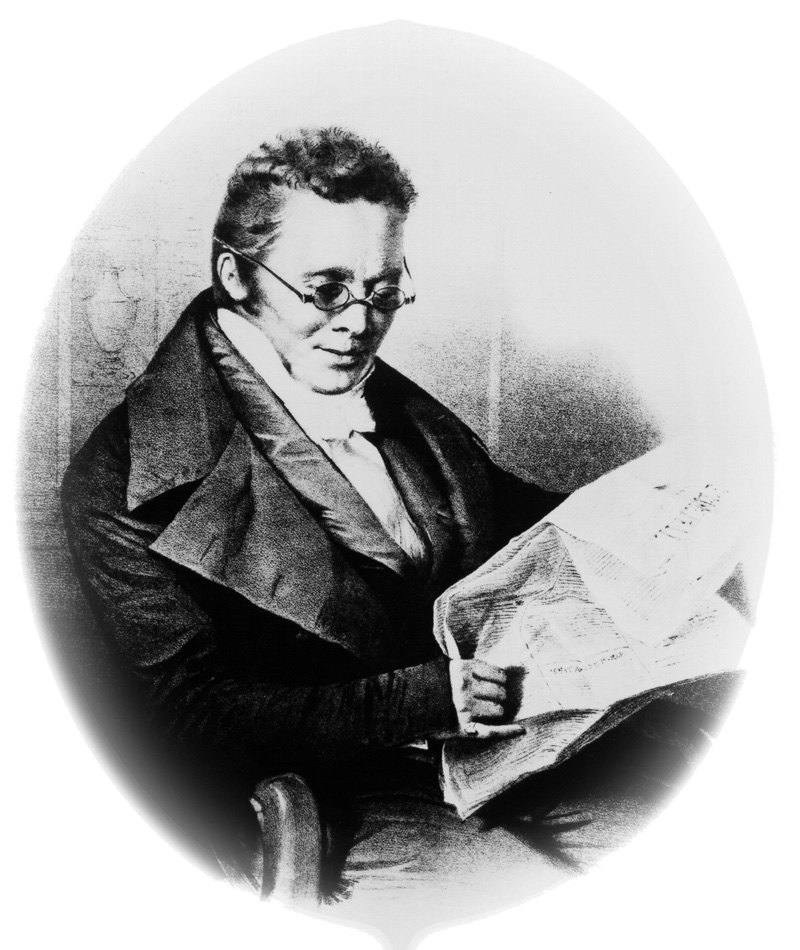
The brand’s founder Jean-Francois Bautte, aged 19, created his very first watch.
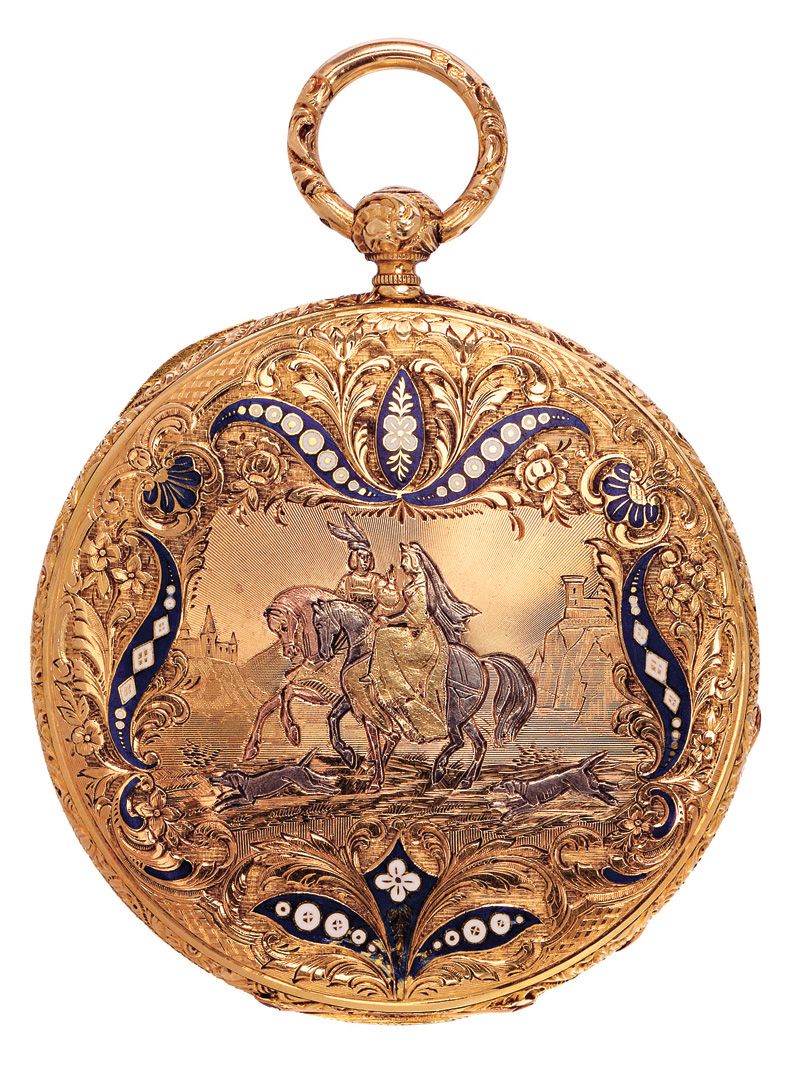
The ultra-thin hunter pocket watch created by Bautte in 1765 was the world’s thinnest hunter pocket watch of its time. The gold case was adorned with enamel and decorative pattern.

Girard Perregaux Museum is located at Rue du Progres 129 in La Chaux-de-Fonds.
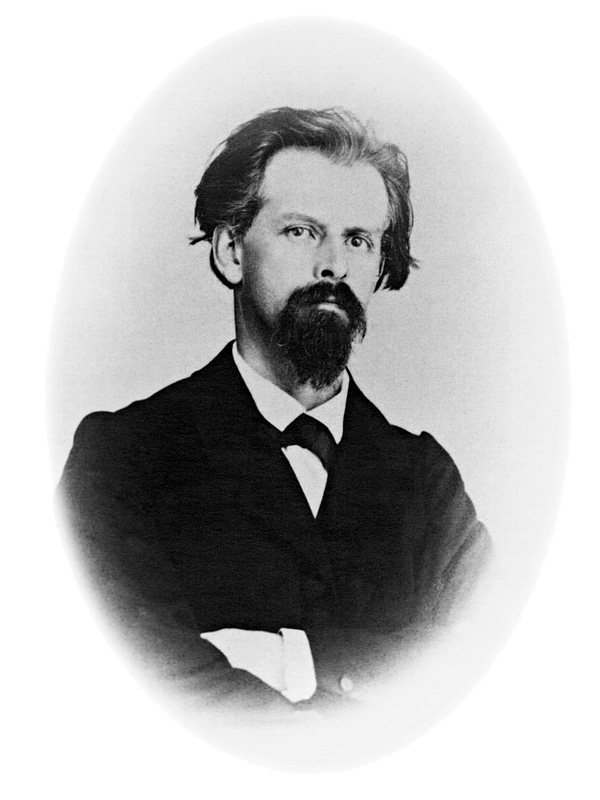
After Constant Girard married Marie Perregaux,
the union of their surnames gave rise to Girard-Perregaux.
The Road to Innovation
Constant Girard was devoted to the escapement system and particularly that of a tourbilllon. He finally built the Three Bridges system aligning the barrel, gear train and tourbillon along the same axis. Today, Girrard-Perregaux has created over 100 models of movements and registered 80 patents. Not only do they create timepieces in strict accordance with traditional craftsmanship, but also strive to develop avant-garde technology.
1880年
Constant Girard developed a wristwatch concept aimed at German naval officers, which were welcomed by the German Kaiser Wilhelm I. A metallic grate was placed over the glass crystal to protect him from knocks. Two thousand watches were made. This production represented the first major mass production of wristwatches. In fact, wristwatches were widely accepted not until the next century.
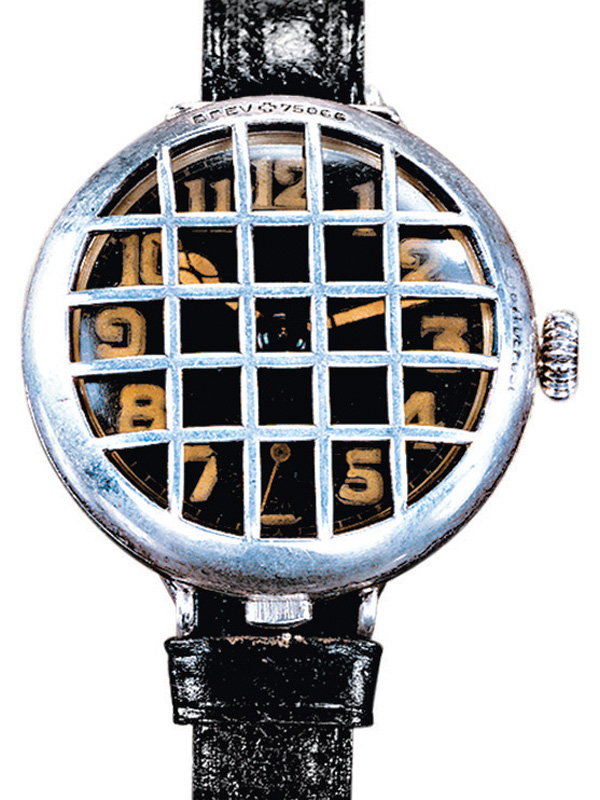
1884
Constant Girard filed a patent for the design of the movement Tourbillon with Three Gold Bridges on American soil with the United States Patent Office. In 1889, his masterpiece, the result of many years of development, was honoured by a gold medal at the Paris Universal Exhibition.
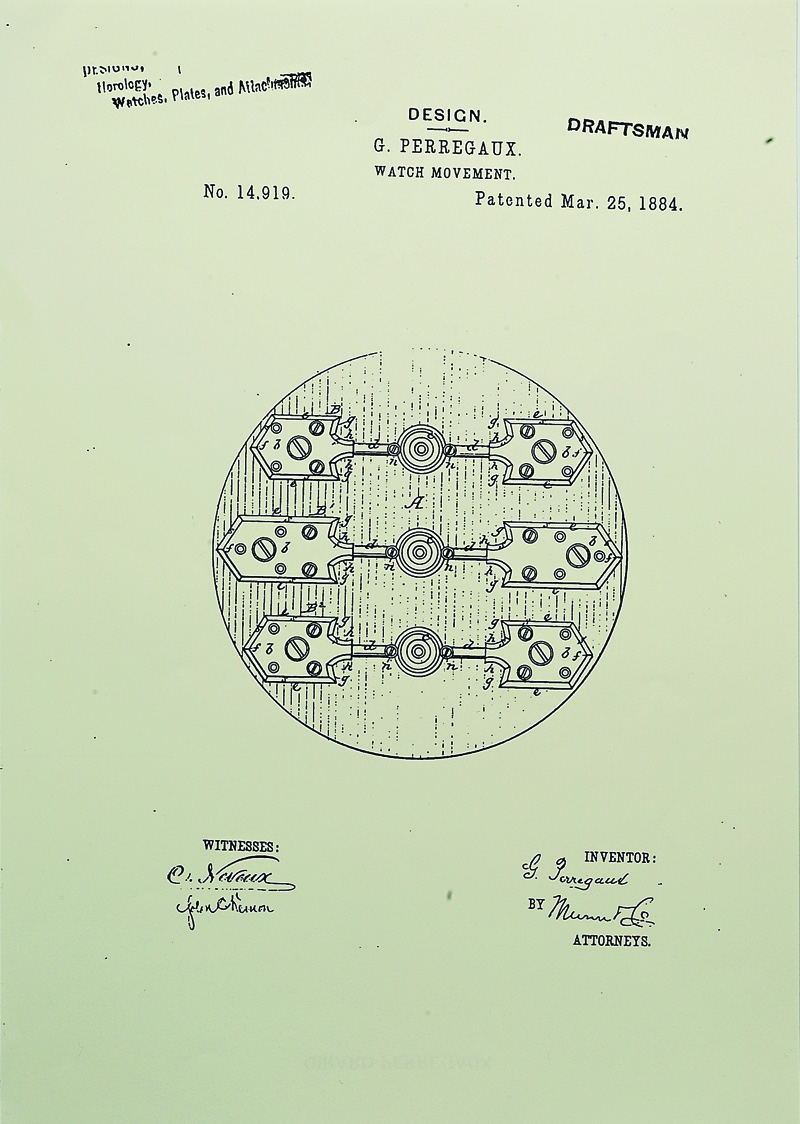
1966
The Gyromatic collection housed a high frequency movement (36,000vph) for the very first time. Watches equipped with this movement were naturally granted the chronometer certificates from the Neuchatel Observatory. The brand at the year was also awarded the Observatory Centenary Prize.
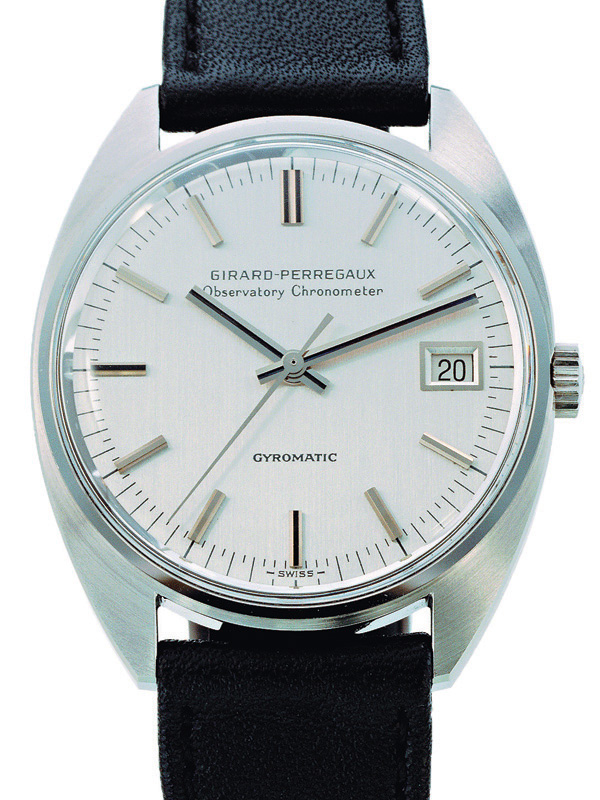
1970
At the Basel fair, the first commercial presentations of Swiss quartz watches took place. Girard-Perregaux presented the first watch fitted with a quartz movement that vibrated at a frequency of 32,768 Hz. This frequency has remained the universal standard for quartz watches.
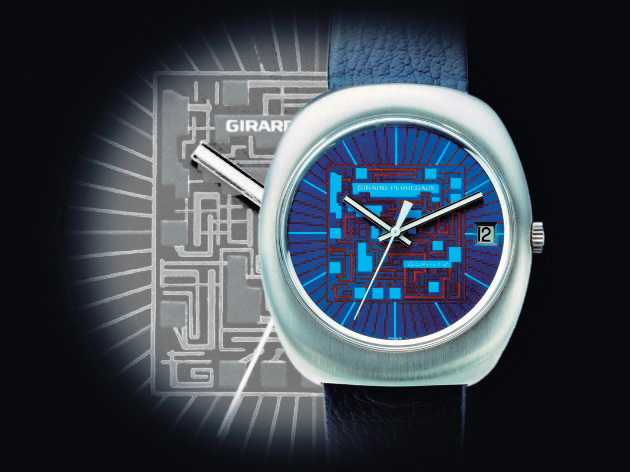
1985-97
A perpetual calendar mechanism was presented and refined. Not limited to automatically correcting the ends of months with fewer than 31 days, including in leap years, it displayed time cycles rather unusual for a wristwatch, such as signs of the zodiac, the seasons or even solstices and equinoxes.
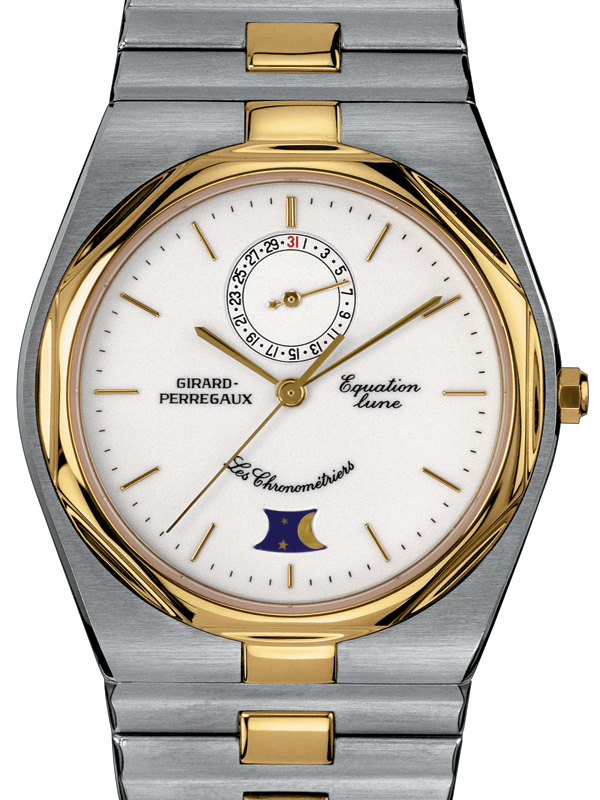
1999
The brand presented an automatic winding version of its famous tourbillon with three gold bridges, thanks to the introduction of an ingenious platinum micro-rotor system positioned under the barrel.
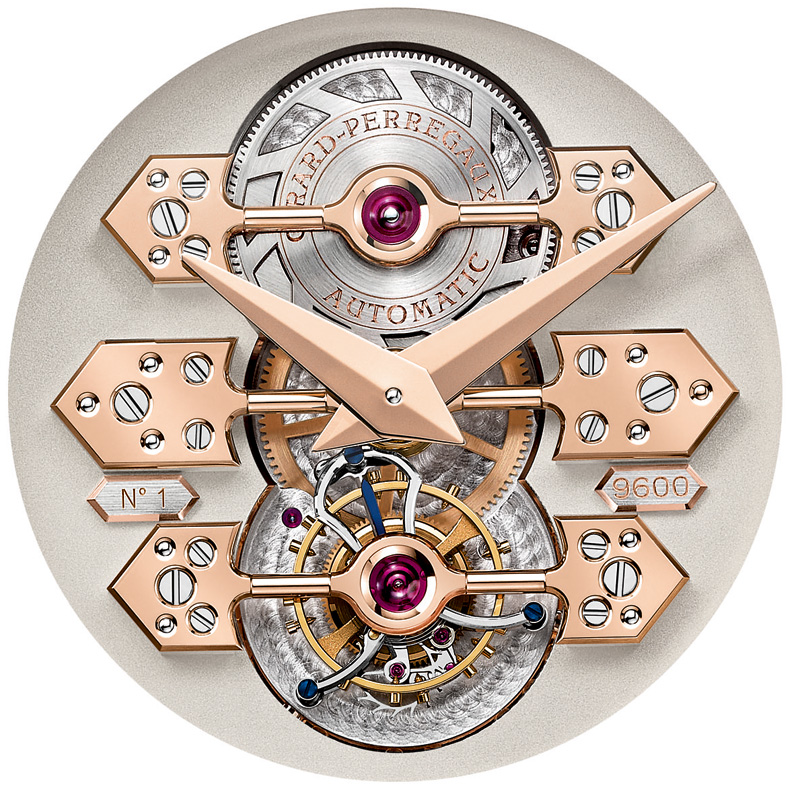
2001
Girard-Perregaux patented a movement offering a special system for displaying the date: using two superimposed discs, one transparent, it allows the usual demarcation between two figures of the date to be avoided and boasts a big date and moonphase display
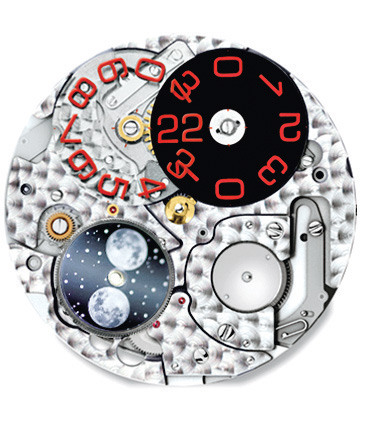
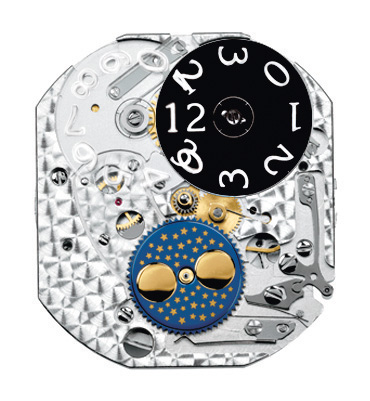
2007
A unique creation, the Vintage 1945 Jackpot Tourbillon has an integrated slot machine mechanism, associated with a movement with Tourbillon with gold Bridge. As for the ww.tc-Financial, it is the first watch to display the working hours of world stock markets, as well as the time in the 24 time zones.
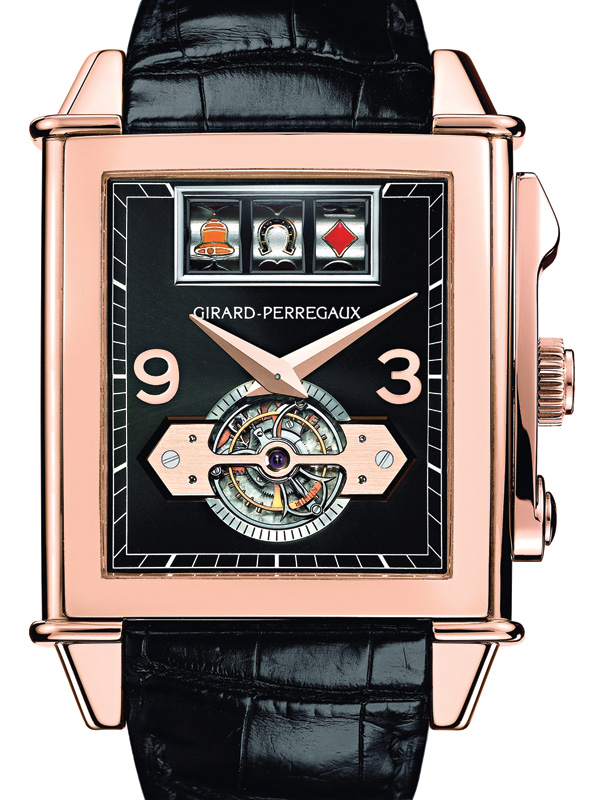
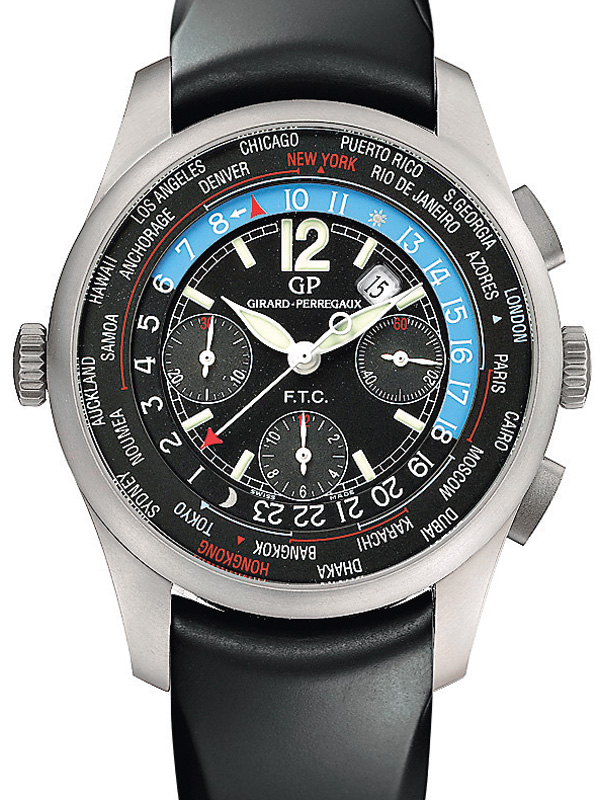
2008
The Manufacture unveiled a constant force escapement dubbed the “Echappement Constant”: its revolutionary design rests on a silicon component with integrates a blade thinner than a human hair to store the energy.
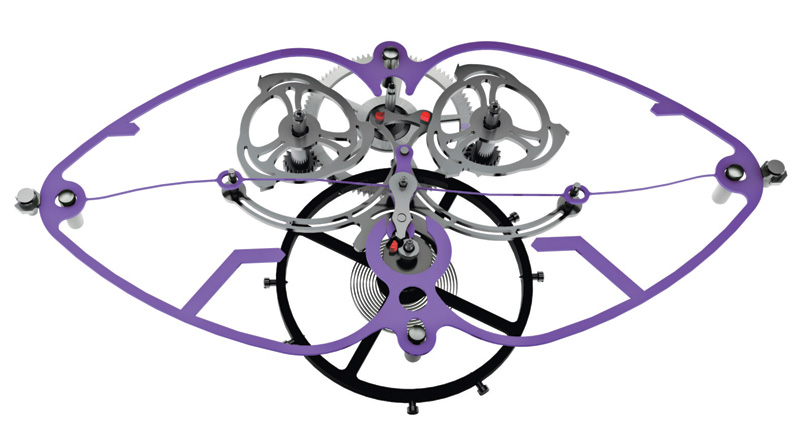
2013
Four years later, the Manufacture presented the Constant Escapement L.M. equipped with the Constant Escapement. This masterpiece won the Aiguille d’Or at GPHG.
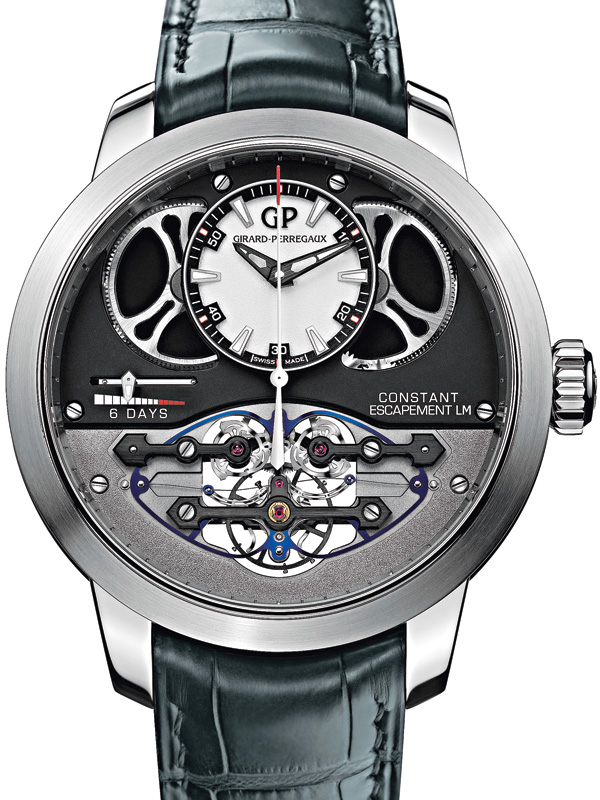
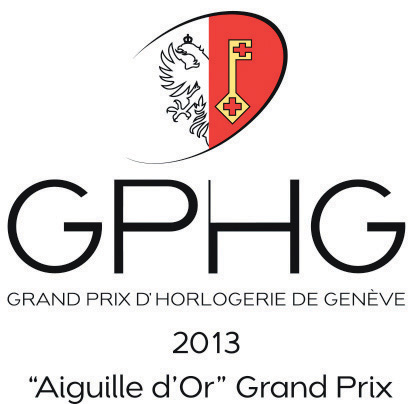
Be Winner Again
Since Constant Girard created the first Tourbillon with Three Bridges in 1860, followed by the La Esmeralda pocket watch winning a gold medal in the Paris Universal Exhibition, he had strived to the development of movements and distinguished himself by inventing the concept of dramatising mechanics. Three bridges are separately mounted on the barrel, gear train and tourbillon, showing the technical artistry. Besides housing the complex movement, the case of La Esmeralda was so exceptional and engraved by renowned artist Fritz Kundert at the time. This piece, whose name La Esmeralda was derived from the name of the Paris and Mexico boutiques of Hauser, Zivy & Cie, the famous jeweller and watch merchant, was to become the property of General Porfirio Diaz, then President of Mexico.
In 1970, thanks to a lucky chain of events, the piece reentered the collection of Girard-Perregaux Museum. The Manufacture in 1981 revisited the Tourbillon with Three Gold Bridges, as a determination of returning to the production of watches with mechanical movements. On the occasion of its 200th anniversary in 1991, the Manufacture built the bridges on the dial side to make it visually captivating thus becoming one of the brand’s most distinctive designs. Since then, the brand has developed more than 20 models of Three Gold Bridge. We’ve seen the bridges made of gold, white gold or embedded with diamonds, such as the Laureato Evo3 with sapphire crystal bridges in 2006 and the Neo Tourbillon with Three Bridges featuring black PVD treated titanium bridges in 2014.
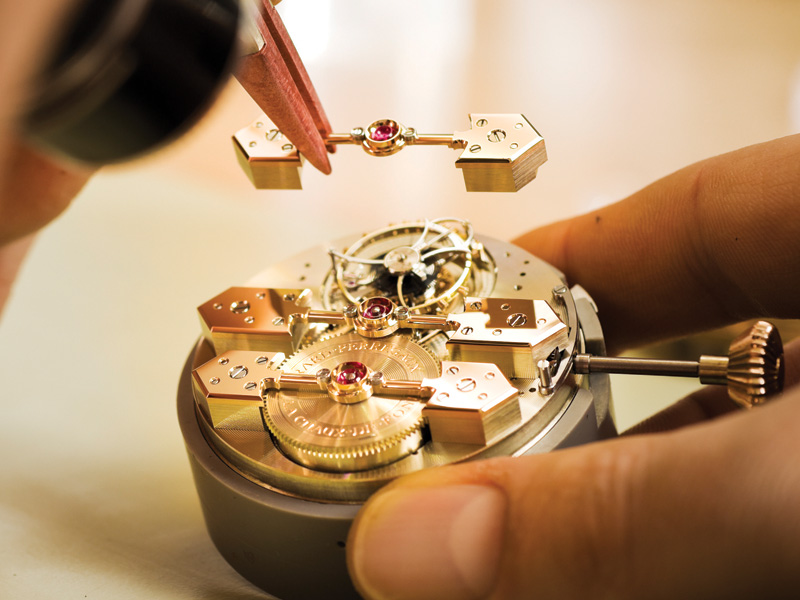
Although the three gold bridges have been interpreted in various materials, its structure remains changed since its introduction in 1860, making it the oldest watch movement still in production. To celebrate its 225th anniversary this year, the Manufacture presents us the stunning La Esmeralda Tourbillon. This newest intricate complication wins the “Tourbillon Watch Prize” in GPHG, one of the world’s most significant watch competition, continuing the legacy of the prize-winning piece.
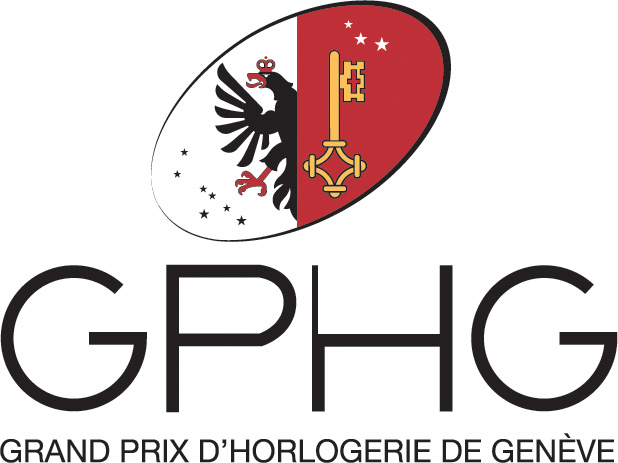
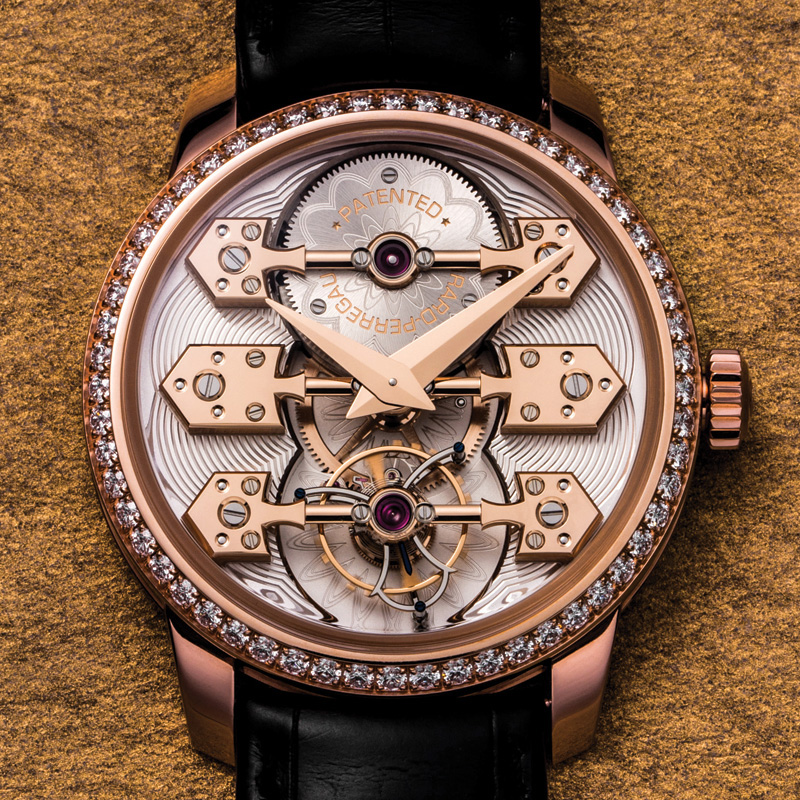
La Esmeralda Tourbillon
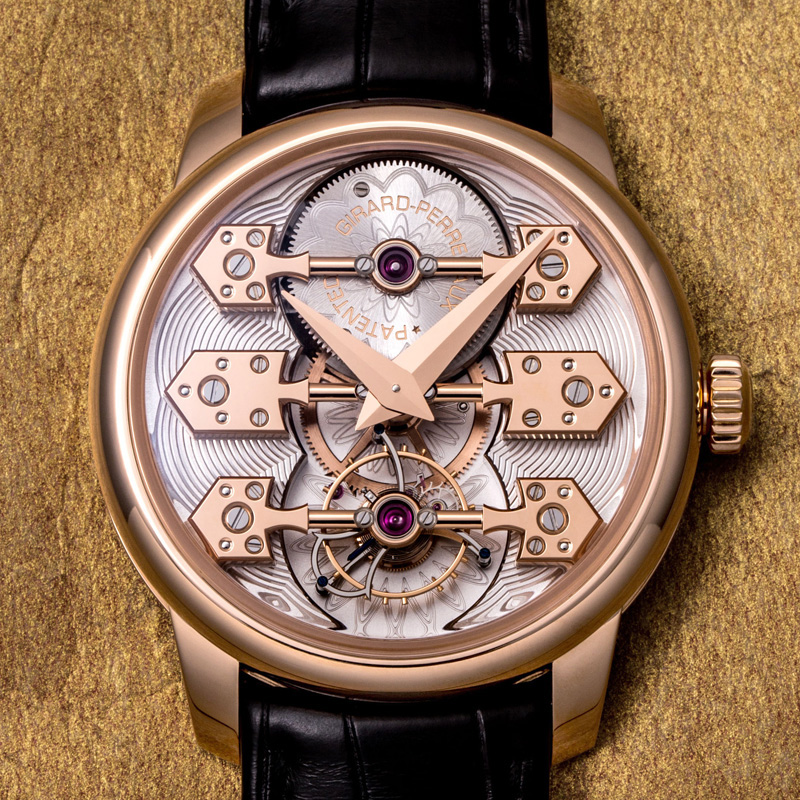
La Esmeralda Tourbillon
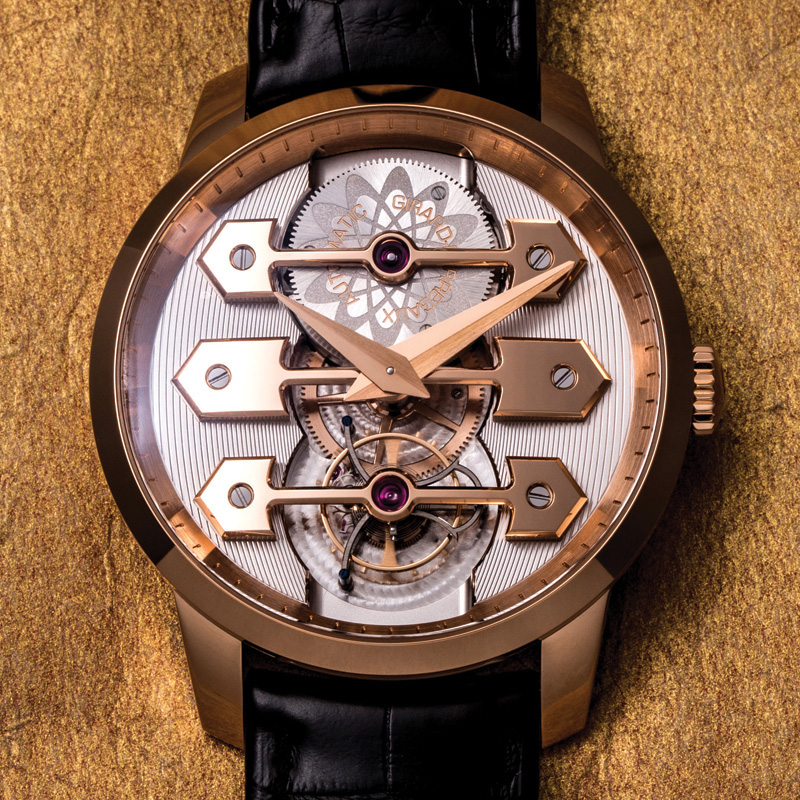
Tourbillon with Three Gold Bridge
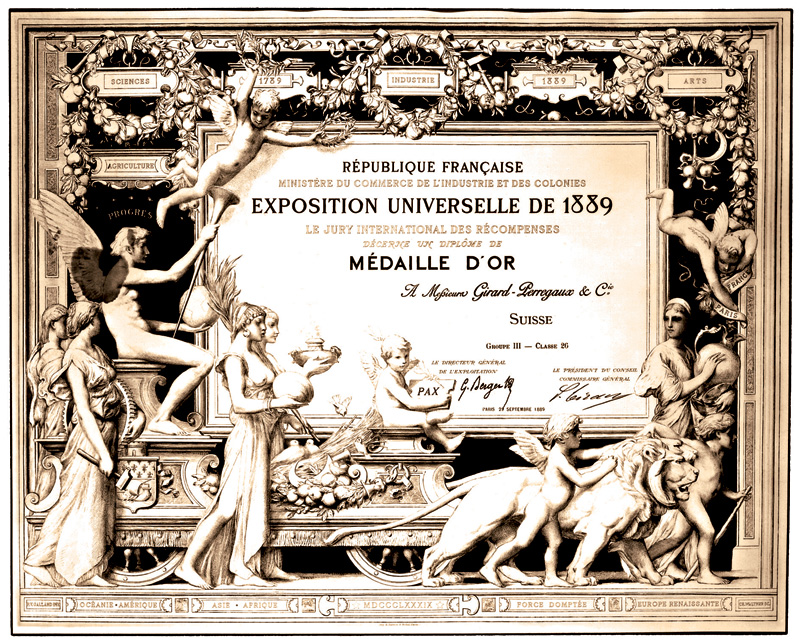
The La Esmeralda pocket watch won a gold medal in the Paris Universal Exhibition.
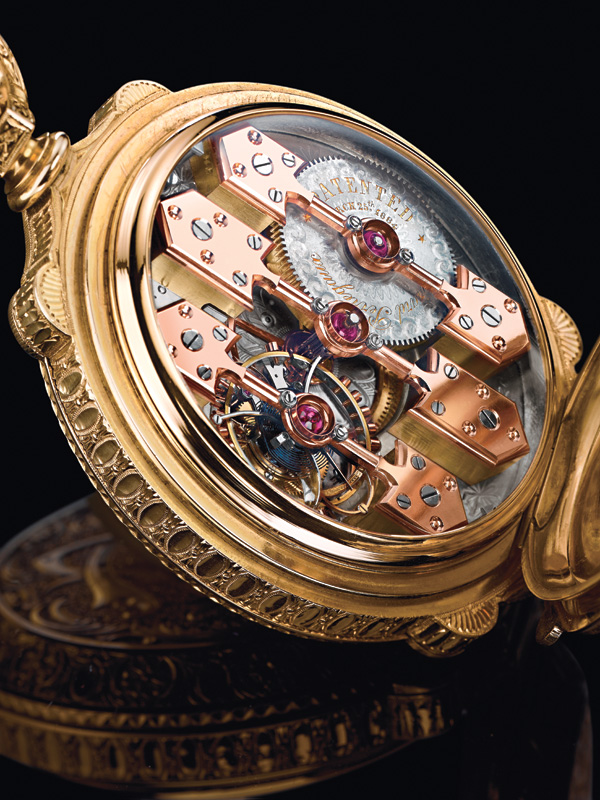
The three gold bridges are hand polished and engraved.
This tradition has lasted over 120 years.
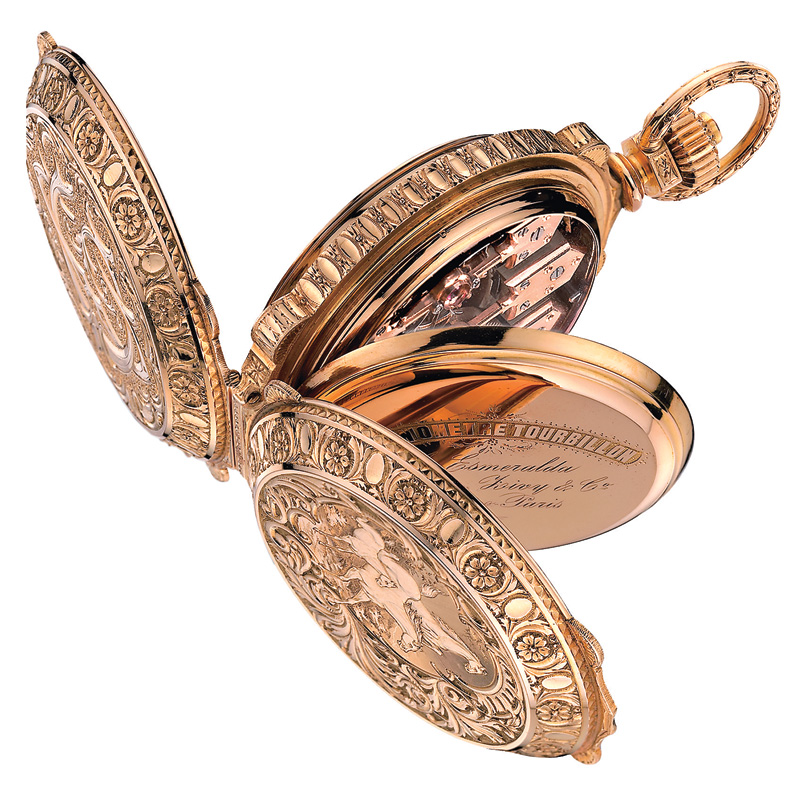
The case and the movement of the La Esmeralda pocket watch are equally astonishing.
The Luxurious Three Gold Bridges
This year, the Manufacture introduces three versions of three gold bridges watches, two La Esmeralda Tourbillon models and one Three Gold Bridge. To clearly see the differences, you may turn to the previous page to have a closer look. The La Esmeralda Tourbillon is inspired by its predecessor in 1889, highlighting the unparalleled engraving, finishing and decoration. Each movement requires two months of work to assemble. The Tourbillon with Three Gold Bridge is 1mm slightly larger than the aforementioned La Esmeralda Tourbillon. This bolder one boasts a flatter crystal glass and an engraved dial, while a small window on the case side at 6 o’clock enables the wearer to appreciate the motion of the tourbillon.
All the watches are cased in pink gold and equipped with the GP09400 automatic movement offering 60 hours of power reserve. The tourbillon cage is 14.3mm in diameter and the balance wheel 10.5mm in diameter. The Le Esmeralda Tourbillon comes in a diamond-set version, bedecking 56 brilliant-cut diamonds. This latest version suits the preference of ladies who are in favour of large-sized wristwatches.
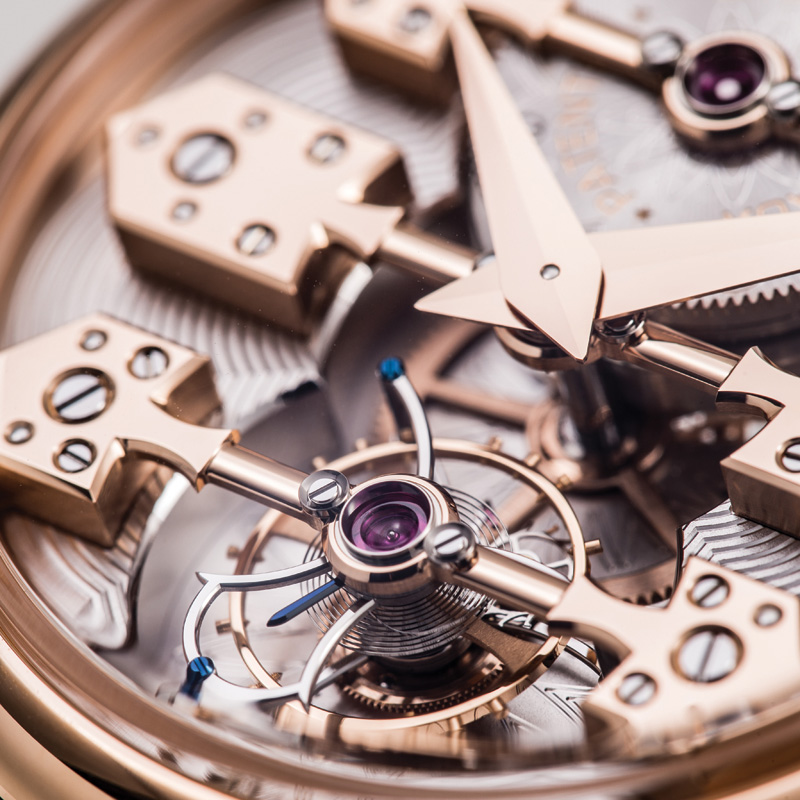
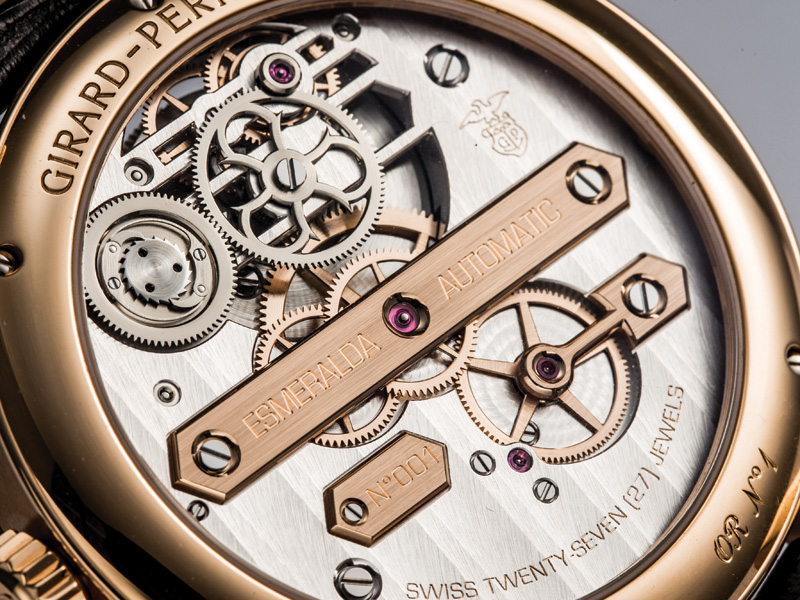
La Esmeralda Tourbillon
Case: pink gold
Diameter: 44mm
Movement: automatic GP09400-0004
Functions: hours,minutes, small seconds, tourbillon
Price: around $1,460,000 / $1,621,800(diamonds-set)
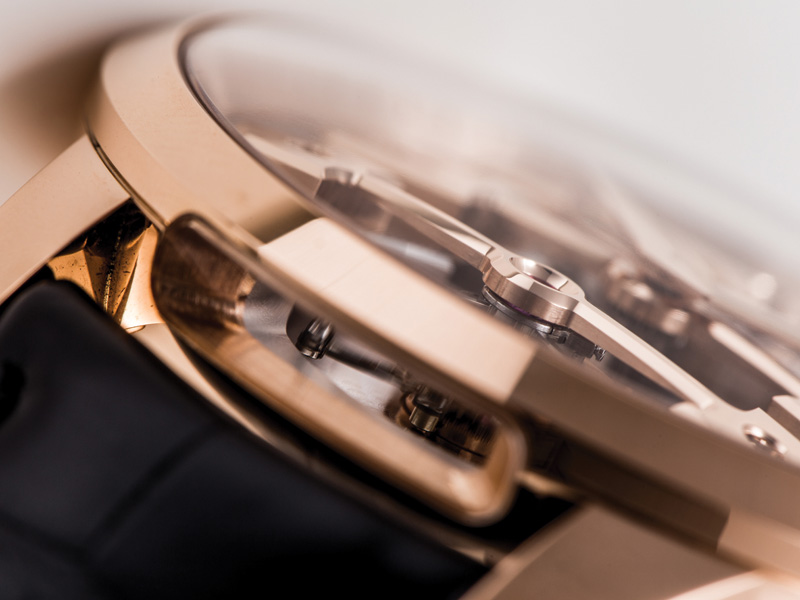
The difference between the Tourbillon with Three Gold Bridge and the Le Esmeralda Tourbillon is the crystal glass and decorations on the plates and movement. Also, the former has a small window on the case side to offer a view of the movement.
Tourbillon with Three Gold Bridge
Case: pink gold
Diameter: 45mm
Movement: automatic GP09400-0007
Functions: hours,minutes, small seconds, tourbillon
Price: around $1,239,000
225 Anniversary Pieces
With 225 years under their belt, Girard-Perregaux created an exceptional collection Place Girardet to pay homage to this special year. This anniversary piece put together the “Pont d’or” gold bridge and Microvar balance wheel for the first time. And each dial of this collection reveals a small golden plate engraved with a year between 1791 and 2016. Above the balance wheel, a quote recalls a remarkable event of the year, for instance, the World War I, the establishment of People’s Republic of China, the creation of basketball, and etc. Numbered with different year, each timepiece features a unique dial with different index styles, minute scales as well as different types of decoration like barley-corn or cross-weave basket guilloche with a satin or sandblasted finish.
These 225 pieces mark a relevant event of the year displayed: be it in the Manufacture’s history or its innovative design, but also cultural, scientific or politically significant milestones. As the saying goes – we study the past to understand the present; we understand the present to guide the future.
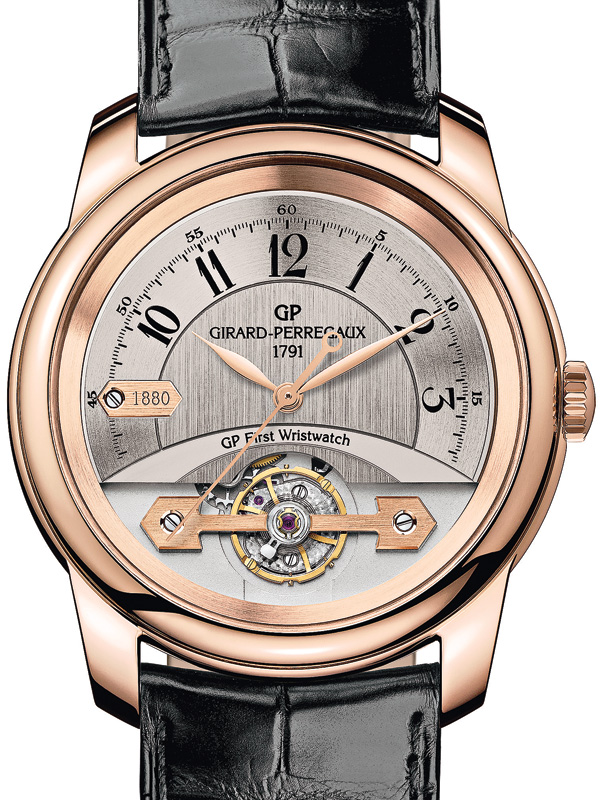
The Manufacture created its first wristwatch in 1880.
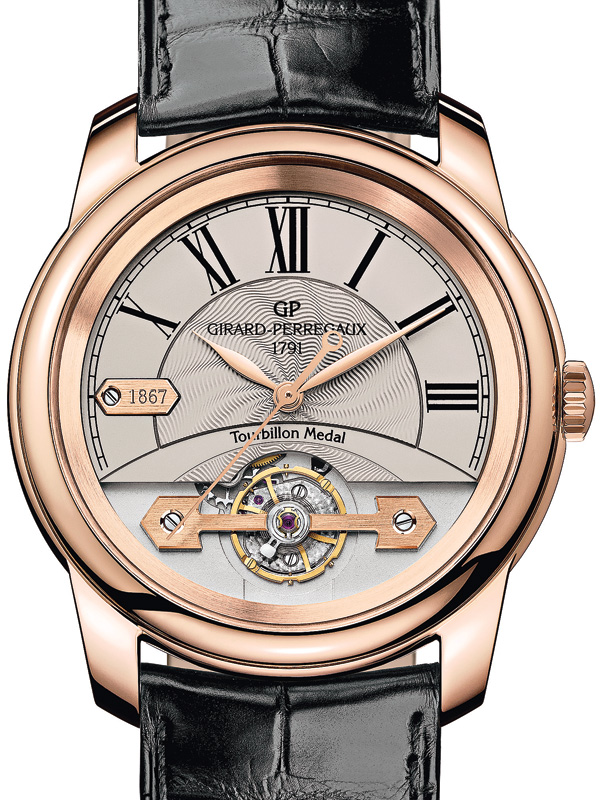
In 1867, the Tourbillon with Three Bridges was awarded the gold medal at the Universal Exposition of Paris.
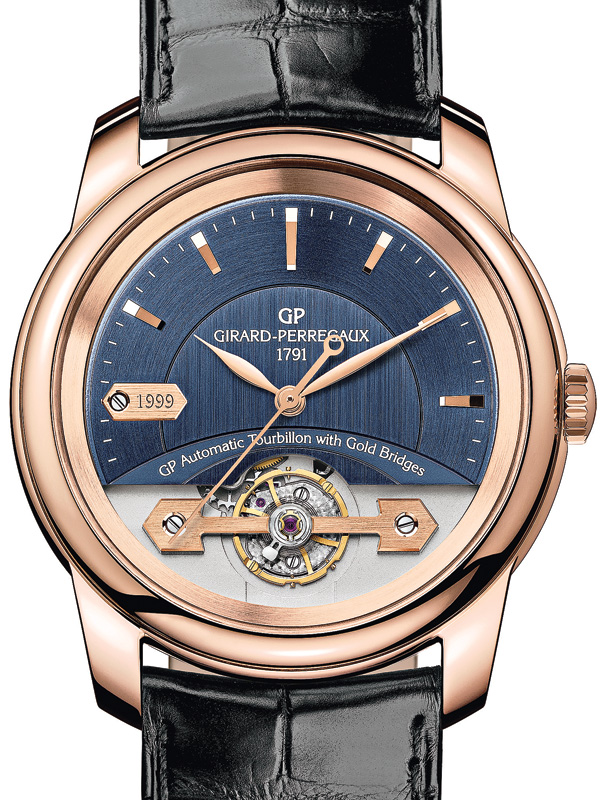
The Manufacture presented an automatic winding version of its Tourbillon with three gold Bridges.
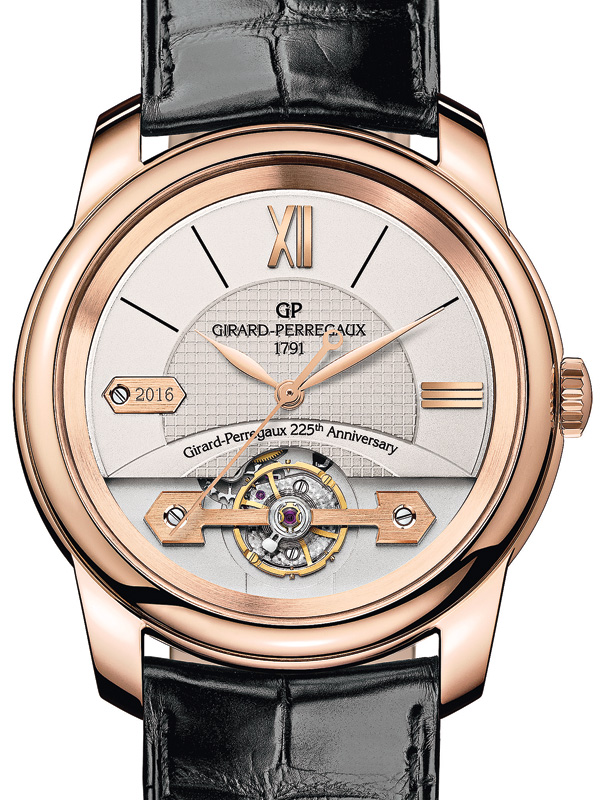
Year 2016 marks the 225th anniversary of Girard-Perregaux.
Place Girardet:
Case: pink gold
Diameter: 41mm
Movement: automatic GP1800-0005
Functions:
Limitation:225 pieces
Price:around $240,000
2016-12-08
Text:Delia Shum / Photo:Kauzrambler
